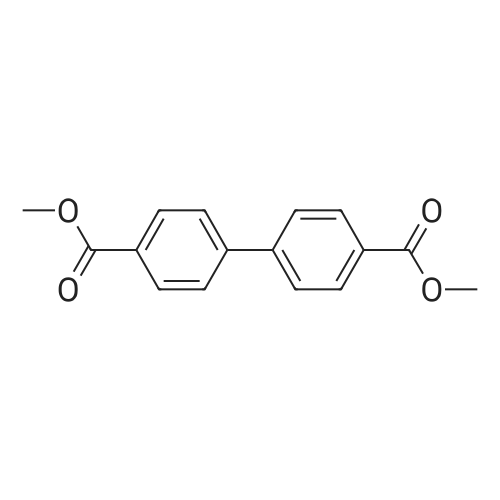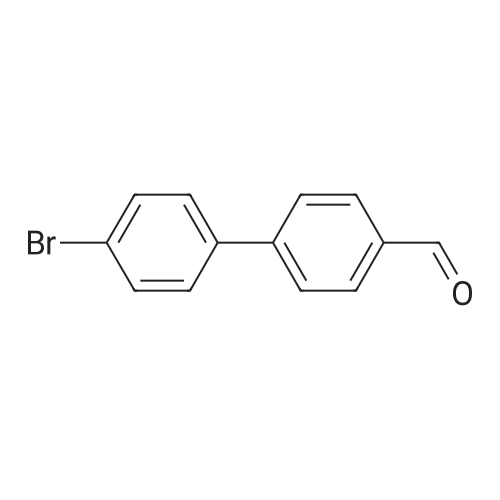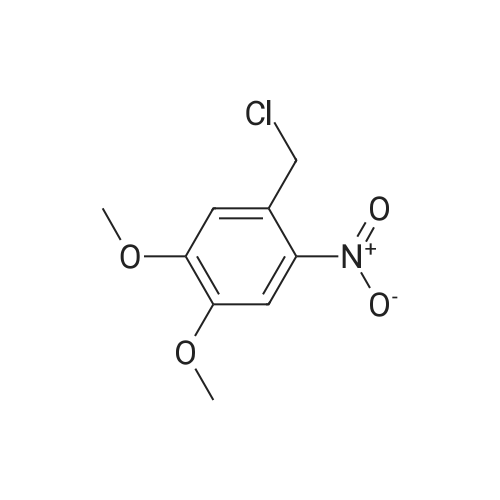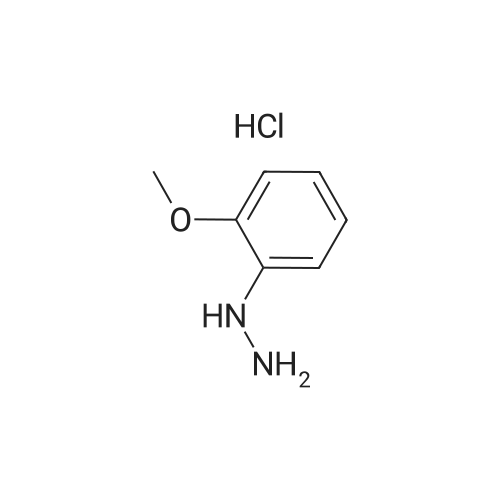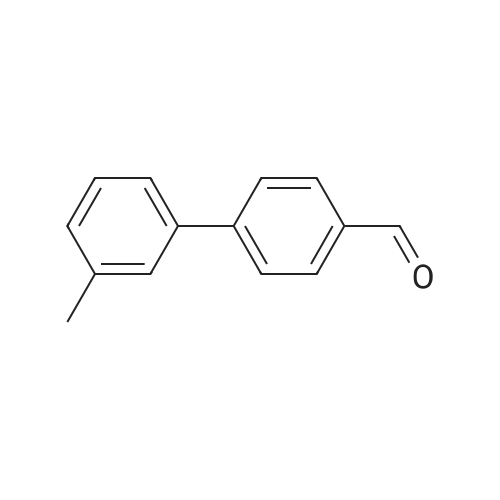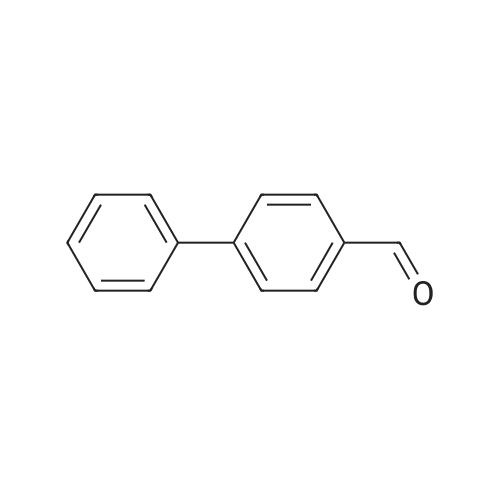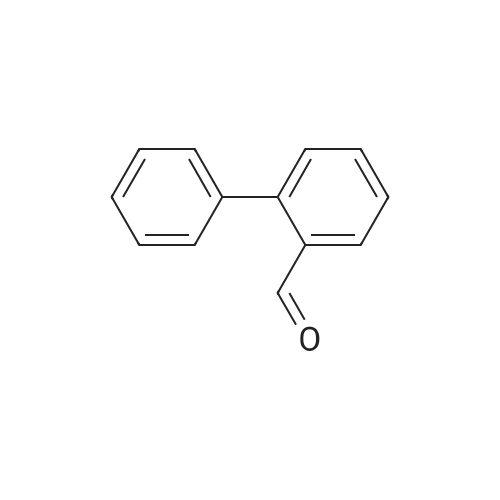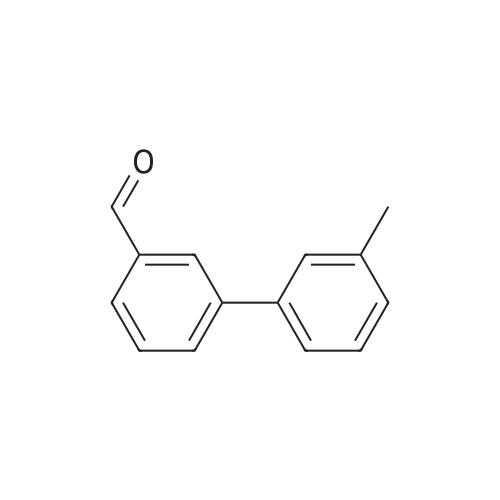More
Abstract: Covalent organic frameworks (COFs) are an emerging class of organic, crystalline macromolecules. Due to their tunable chemistry, tailorable structure, regular pore channels and high surface areas, they have received significant attention for various applications, such as catalysis, energy storage, gas storage and separation, membrane separation and drug delivery. However, developing materials that can be used in these applications requires addressing a number of fundamental challenges in COF synthesis, activation, and transformation. In this thesis, we introduce new catalysts for the rapid synthesis of COFs under ambient conditions, novel strategies for synthesis that increase crystallinity, activation approaches that preserve the porosity even for fragile COFs, and transformation approaches that enable the conversion of linear polymers to COFs.
The synthesis of crystalline and porous COFs remains a significant challenge. In Chapter 2, we demonstrate that a series of transition metal nitrates can be used to rapidly produce COFs under ambient conditions. These transition metal nitrates enabled the production of crystalline COFs within 10 minutes at room temperature, and were successfully used to synthesize a wide range of COF targets varying in linker chemistry, linker lengths, substituents, and stabilities
In Chapter 3, we demonstrate novel synthetic strategies to produce highly crystalline and porous COFs. We show that in the synthesis of imine COFs, benzaldehyde modulators compete with multi-functional aldehyde monomers to slow down the COF polymerization and growth chemistry. The modulators result in an improved crystallinity of the final COF, and the amount of benzaldehyde modulator added can be optimized for yield and product crystallinity.
Activation of COFs generally involves washing and drying to isolate COFs from synthesis solvents and produce dry COF powders. Activation is as important as synthesis since COFs with high crystallinity and porosity can only be produced through proper activation. However, activation processes are usually overlooked, and conventional methods can result in collapse of porous structure and loss of accessible surface areas. In Chapter 4, we present a general approach to COF activation. We demonstrate that the use of an ultralow surface tension solvent perfluorohexane (PFH) enables rapid, simple and effective activation of a range of
COFs. This approach avoids the use of supercritical CO2, which is not as widely accessible as PFH.
In Chapter 5, we demonstrate a novel route to the synthesis of COFs through the transformation of linear polymers using dynamic and reversible chemistries. Specifically, we demonstrate an approach to transform linear imine-linked polymers into ketone-linked COFs
through a linker replacement strategy with triformylphloroglucinol (TPG). TPG first reacts through dynamic chemistry to replace linkers in the linear polymers and then undergoes irreversible tautomerism to produce ketone linkages. This strategy provides an approach to synthesizing COFs through the solution processing of linear polymers followed by transformation to the desired COF structure.
Finally, this thesis proposes future research directions based on the topics introduced from Chapter 2 to Chapter 5. We aim to develop more novel catalysts for COF synthesis and broaden their generality. We propose to modify the COF surface chemistry through the introduction of functionalized modulators and design more robust COFs through molecular engineering. We also aim to transform soluble linear polymers into COFs, which might serve as a novel solution processing method for COFs. We anticipate that these investigations provide further insight into the fundamental properties and basic problems in COF areas.

 Chemistry
Chemistry
 Pharmaceutical Intermediates
Pharmaceutical Intermediates
 Inhibitors/Agonists
Inhibitors/Agonists
 Material Science
Material Science















 For Research Only
For Research Only
 120K+ Compounds
120K+ Compounds
 Competitive Price
Competitive Price
 1-2 Day Shipping
1-2 Day Shipping







